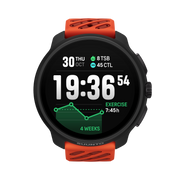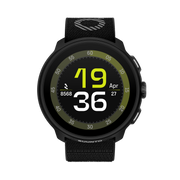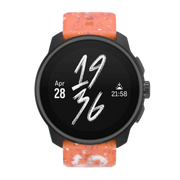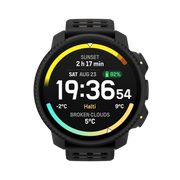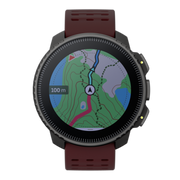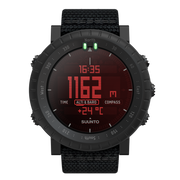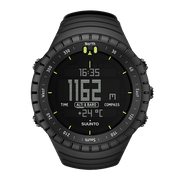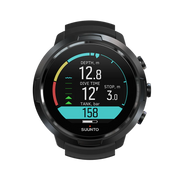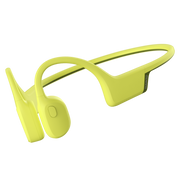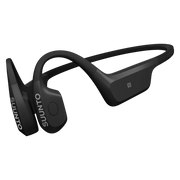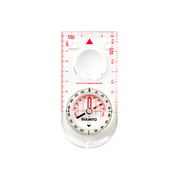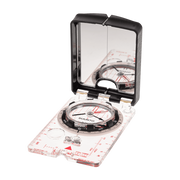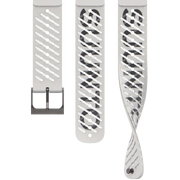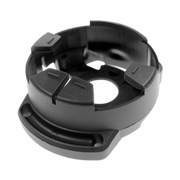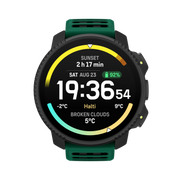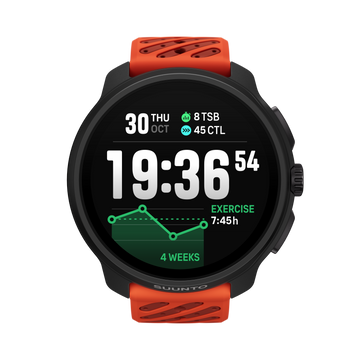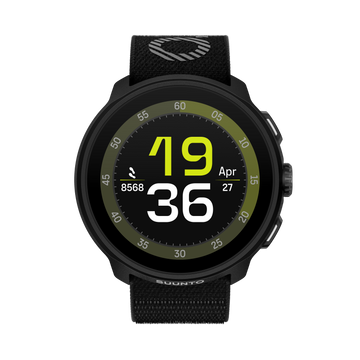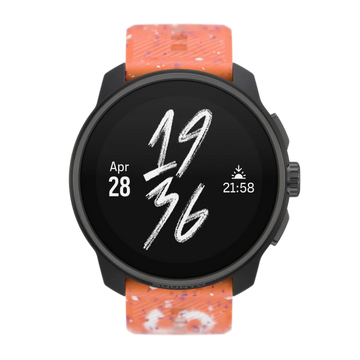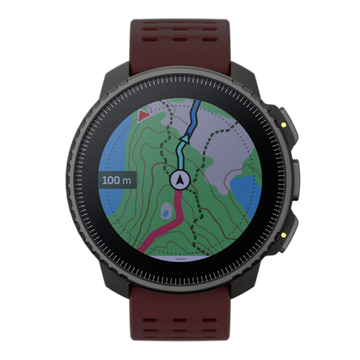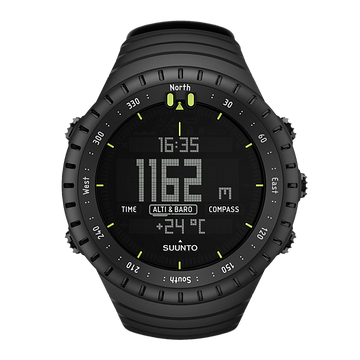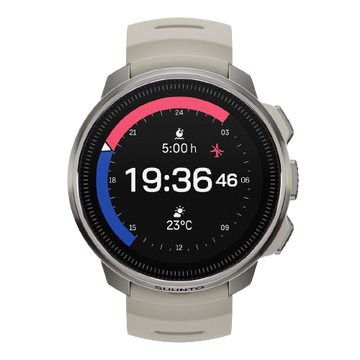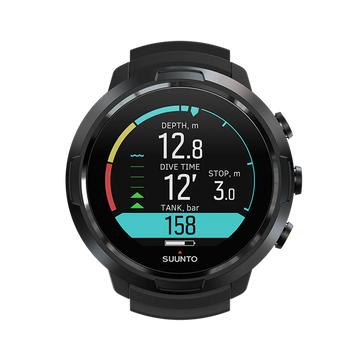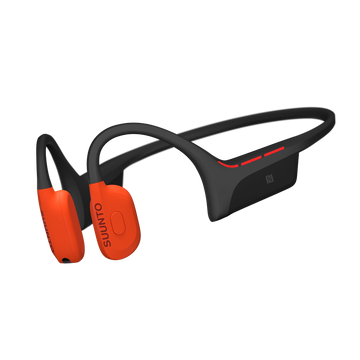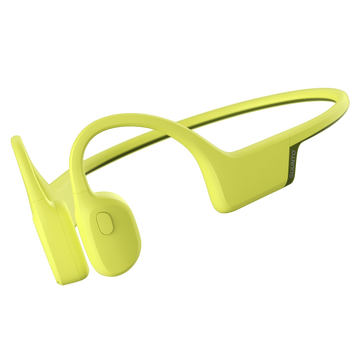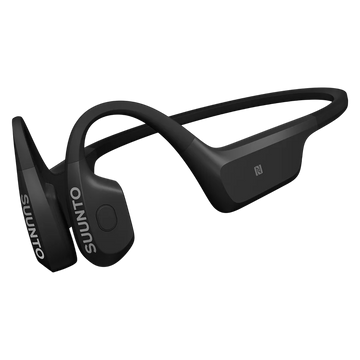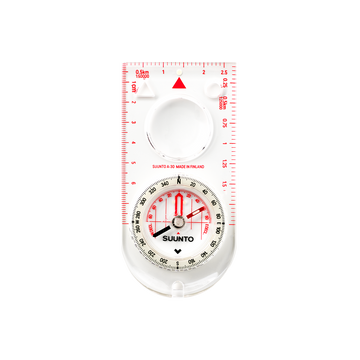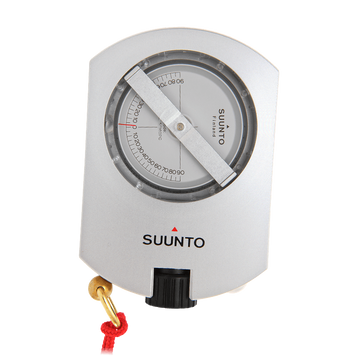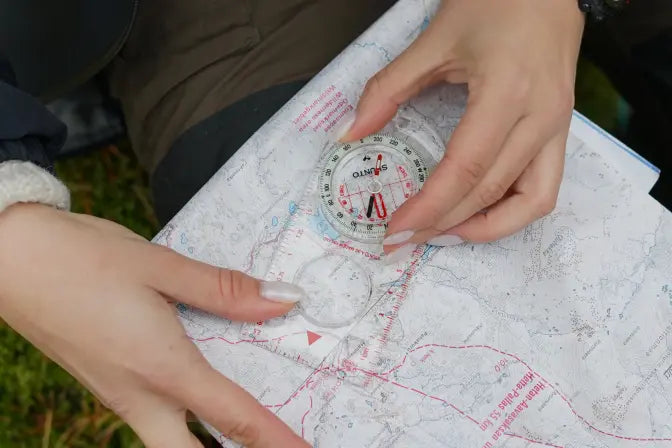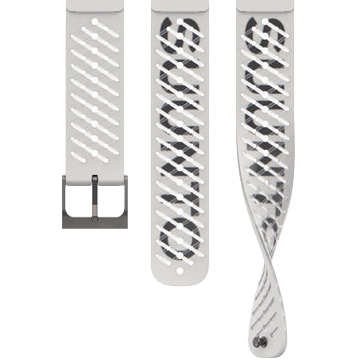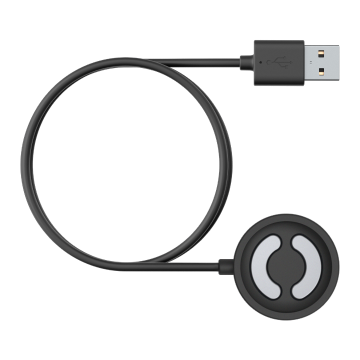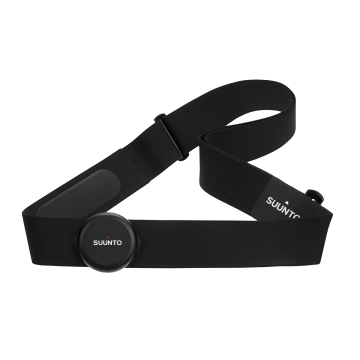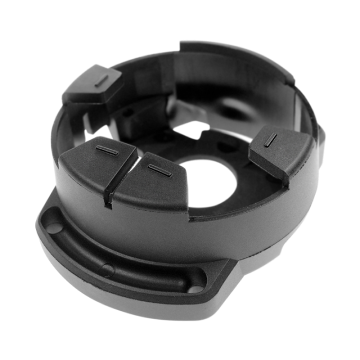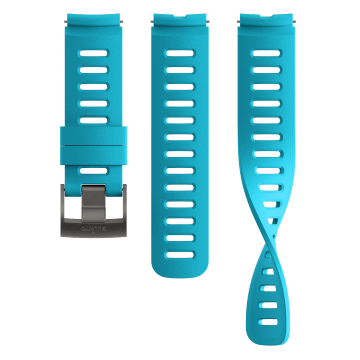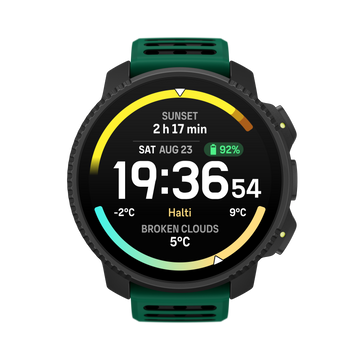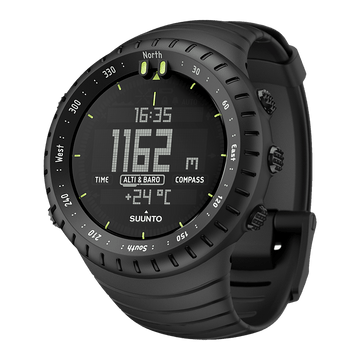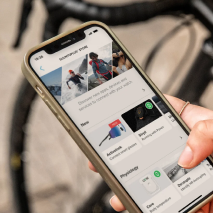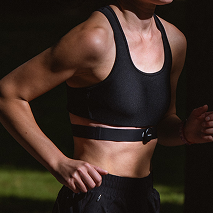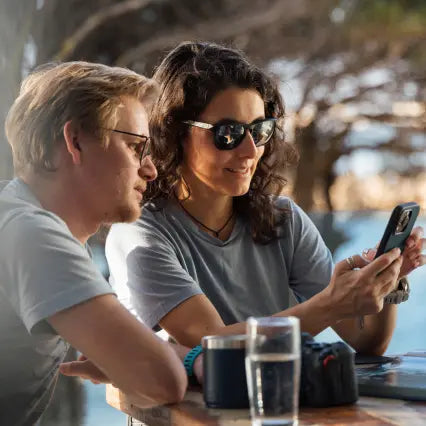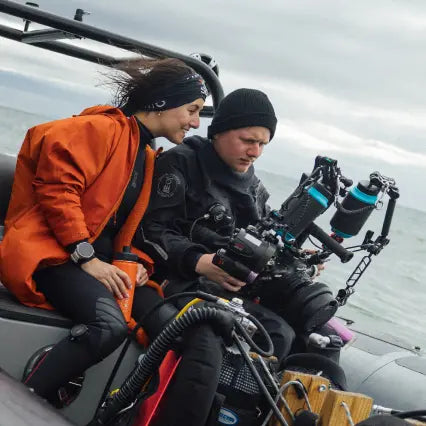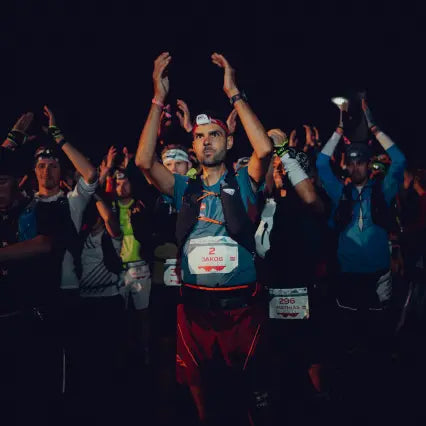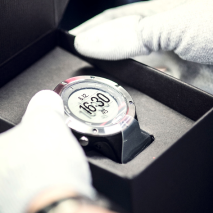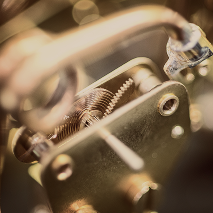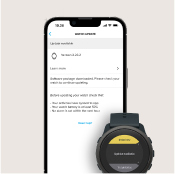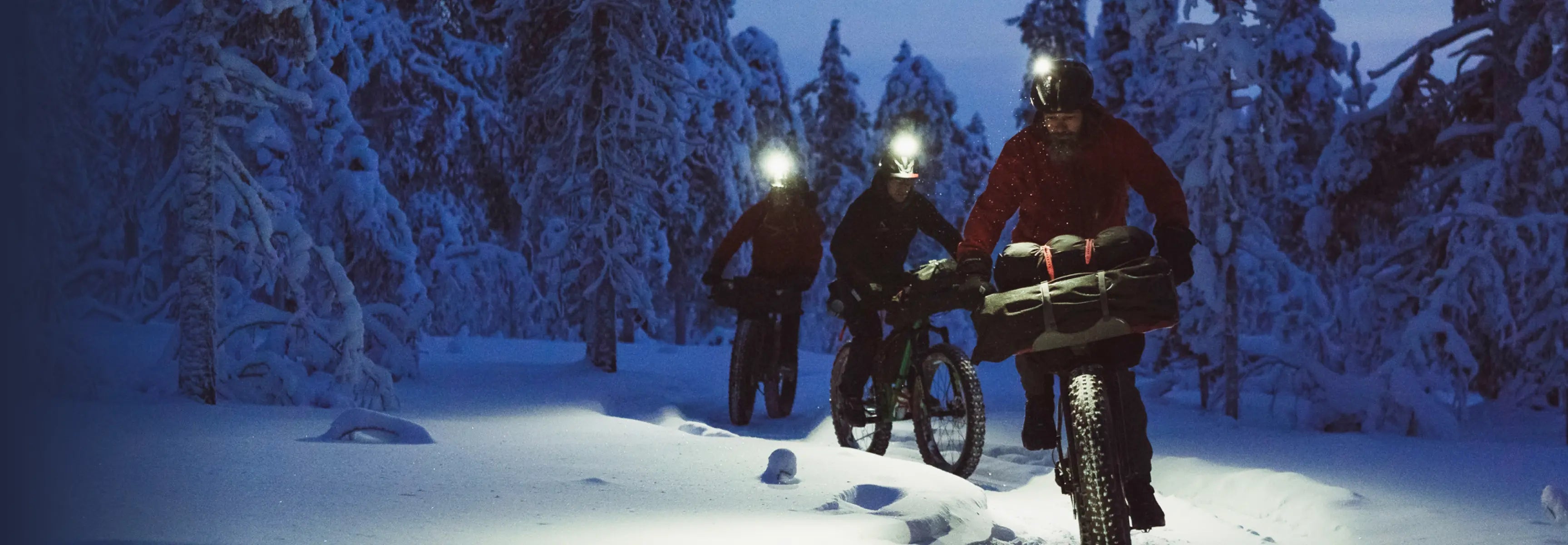
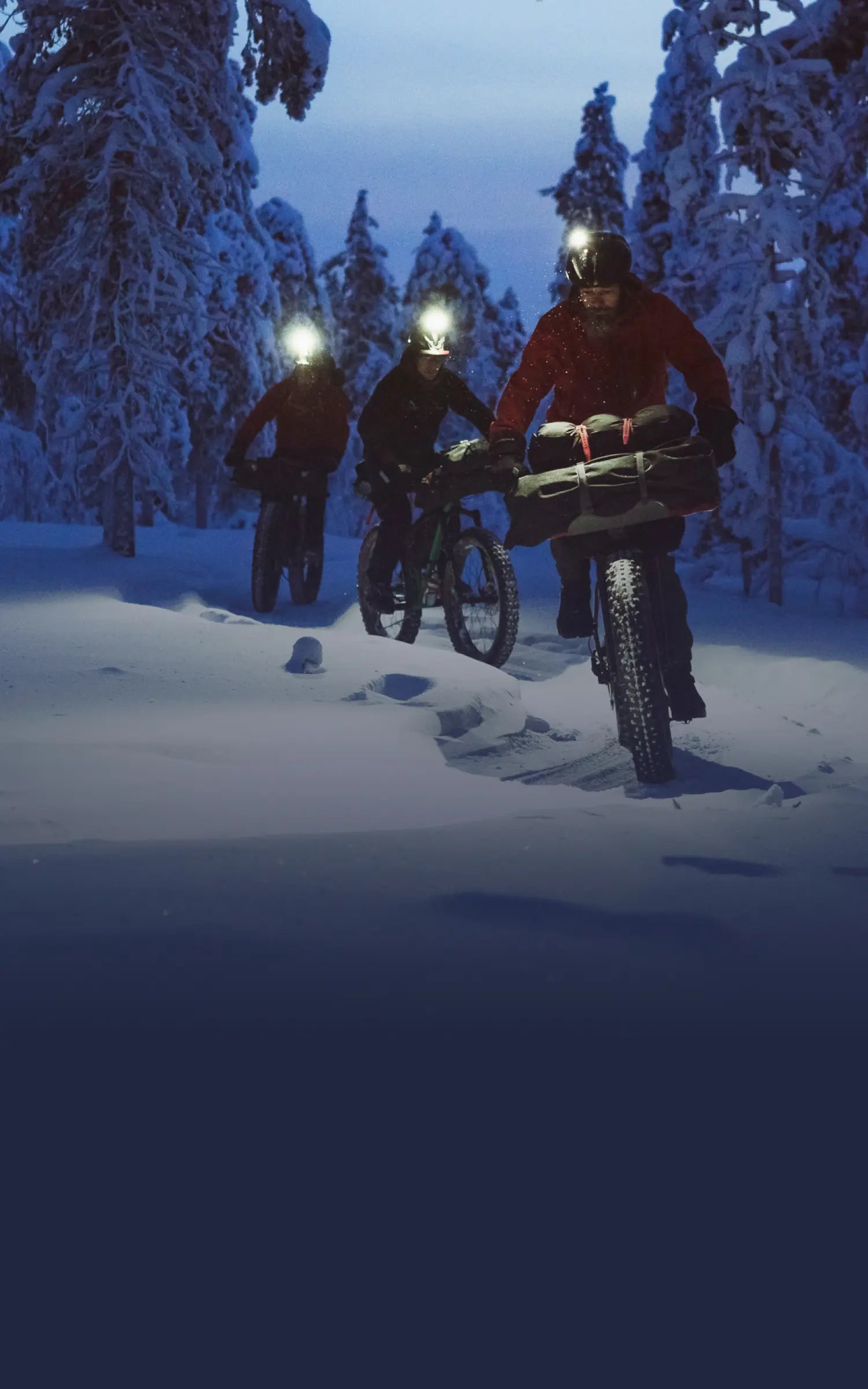
Suunto Blog

Final video from 2014 Suunto Vertical Blue
It's the final clip from the Suunto Vertical Blue freediving contest and goes some way to explaining why the event is the must-attend freediving event in the world. “These are all friends, we're a big family,” says Austria's Jakob Galbavy. “Everyone has a great attitude.”Not only is there great vibe, but Suunto Vertical Blue is home to some incredible performances. “The average depth was in mid 70s including male and female and across all disciplines,“ says organizer Will Trubridge. “It's really a great event for top freedivers.”Don't believe us? Just sit back and enjoy the video below.
Main image: ©Daan Verhoeven

Aconcagua welcomes new visitors
As you read this, Kilian Jornet is attempting #6 on his Summits of My Life project, the mighty Aconcagua, 6,959 m, the highest mountain in the Americas. The goal is to set a new speed ascent record and follows his previous successes on Mt Blanc, the Matterhorn and Denali. “Everything is ready for the next dream!” he recently blogged.
Aconcagua, Argentina ©Daniel Peppes Gauer - Flickr
The goal is to break two records: Brunod, Pelissier and Meraldi's 3h 40 m record from the Plaza de Mulas (basecamp) in 2000 and Egocheaga's 14h 54m record from Horcones set in 2007. Kilian is typically modest when we speak to him: “The main goal is to make a fast time on Aconcagua,” he says.With him will be the film-maker Seb Montaz and guide Vivian Bruchez and one other person close to Kilian, his girlfriend Emelie Forsberg. This means he will not be the only champion ultra runner on the mountain.
Illustration courtesy of Suumits of my Life
It will be nice to support Kilian,” says Emelie “and if I am having a good day I will also try for the female record. It's not a goal for me but if I'm feeling good, I will try. It's a beautiful mountain.”Aconcagua is not as technically difficult as the Matterhorn and nor as wild and exposed as Denali but sitting just under 7,000 m it still poses a formidable challenge. Next up on Kilian's mountain schedule is the winter ski-mountaineering season and then Everest beckons in the spring. “It's too ambitious to say it will be a record attempt,” adds Kilian. “It will be an attempt!”We all wish Kilian (and Emelie) the best of luck!
Main image shows Emelie and Kilian in Spain: ©Jordi Canameras

#Paradise contest closed. Winners announced soon
The #Paradise contest is now closed and we will be announcing the lucky winners soon. Thank you to everyone for taking part. We have been overwhelmed by the number of images that you have sent in! Inspired.

Cross training tips for cyclists
It may sound strange, but getting off the bike can help make you stronger, fitter and faster, as well as decrease your risk of injury. It’s a chance to develop muscles that get neglected while on the bike and address any weaknesses. Check out the suggestions below that will have you ready for your spring cycling.
1. Cross-country skiing Cross Country Skiing is the perfect cross-training sport for cycling. It uses the muscles in ranges of motion that are very similar to cycling, while giving your mind and muscles a much-needed break from pedaling. You’ll enhance strength in your hips, quads and abdomen – the key sources of power you use to drive the pedals, as well as give your heart and lungs a good workout.It's also great fun.
2. Work on your coreIf you've ever left spin class or a long ride with a sore back, a weak core is to blame. Cycling's tripod position, in which the saddle, pedals and handlebar support your weight, relies on core strength but doesn't build it. Try performing long sets of exercises like the plank and side plank—holding for up to three minutes.
Emelie Forsberg demonstrates the plank
3. SwimmingSwimming is also a great way to improve your upper body strength and balance and can improve flexibility as well as offering some additional cardiovascular fitness. It forces you to use your upper body at a relatively low impact. Try to vary the strokes between front crawl, backstroke and breaststroke.
We recommend you swim indoors during winter! ©zooom.at/Markus Berger
4. Weight trainingDoing the same activity everyday can lead to imbalances in the body, and this can lead to injury. And your time on the bike needs more than just quad strength—your core, low back, triceps, and even your neck take a lot of strain from long bouts of pedaling. Weight training will increase both your cycling strength and efficiency. Try lunges, dumbbell squats, single-leg deadlift, swiss ball hamstring curls and bent over row with high reps and moderate resistance that develop muscular endurance.
4. Yoga and PilatesYou’re more than likely tight, stiff or imbalanced from too-many months of cycling without other physical activity. Yoga and Pilates can do wonderful things for cyclists because they lengthen and strengthen a whole host of muscles. They also teach you how to activate and strengthen your core muscles.
Will Trubridge practises yoga for his freediving

Trubridge wins Suunto Vertical Blue
They came from all over the world – 35 divers from 19 countries and for over a week they dived in the incredible location of Deans Blue Hole, to attempt records, to push their limits, to redefine the possible. Below we feature the full story from this year's 2014 Suunto Vertical Blue.
At 100m depth the pressure is so strong your lung volume has reduced from the size of a watermelon to a can of cola. Everything is pitch dark. At the end of a line that hangs from the surface you have a simple job: to collect a tag from the bottom plate as proof of your depth and swim back to the top. But even simple tasks are rendered complicated – your body is desperate for oxygen, hallucinations are not uncommon. You have to rely on your training, on visualisation techniques to focus on staying calm and swimming back to the surface, one stroke at at time.
Tomoka Fukuda celebrates after a dive. ©Daan Verhoeven
For multiple record holder William Trubridge, everything was seemingly going to plan for his epic attempt to break his own record to 102m in the entirely unassisted freediving discipline of CNF (constant weight no fin) at the Suunto Vertical Blue freediving contest. This is where divers descend and ascend under their own power, with no fins and just one lungful of oxygen.“I prepared a lot for this dive and I feel like everything went well,” he said afterwards. “I spent a lot of time meditating and visualising the dive beforehand. I took my last breath and began the dive. In the freefall [descent] I was feeling good but I just wasn't quite capable.“Two thirds of the way up I started to feel tired and that it was going to be too tight. I signaled to my safety divers that I wasn't going to make it. They grabbed me and escorted me the last 10m to the surface.“Though I'm disappointed not to have achieved the goal, there is some content in the fact that I gave it my utmost best shot.”
Will Trubridge makes his way to the surface. ©Daan VerhoevenFor the 34-year-old athlete, the failure to make the world record was off-set by the fact he was overall winner of the 7-day contest, in which divers accrue points over six dives. In second place was Russia's Alexey Molchanov and in third was Samo Jeranko from Slovenia. Overall female winner was Marianna Krupnitskaya from Russia. She said: “I knew I could do it. I'm pretty happy with my performances and I feel strong that I can go further next year.”To achieve overall first, Trubridge made a flawless CWT (constant weight) dive to 117m. “It turned out to be one of the fastest ever CWT dives I've ever done to that depth which is suprising to me because I haven't done CWT in a long time, as I've been focusing on the no fins discipline.”“I was really happy to have a nice comfortable dive and to win the competition with it,” he added.Now in its eighth year, Vertical Blue has been the venue for the breaking of dozens of world records. Competitors had six official dives to challenge themselves and their rivals to obtain the coveted Suunto Vertical Blue Championship title, which is awarded to the freediver who has accrued the most points. Prizes included the Suunto D6i and D4i, which both feature a freediving mode for easy recording of dives.
Alexey Molchanov. ©Daan Verhoeven Suunto Vertical Blue 2014 also saw the introduction of the “Apnea Games” – a day of fun and alternative underwater events such as underwater somersaults, blowing oxygen rings and diving in tandem in memory of Nick Mevoli, who tragically lost his life in 2013. The contest takes place at Dean's Blue Hole, Bahamas, the deepest known blue hole in the world.“Over the years we've grown to attract more of the world's top freedivers,” adds Trubridge. “They're going deeper, more national records are getting broken. The average depth in this competition was in the mid 70s. It just shows you how deep we're going! I plan to keep on holding it every year. It's really a great event.”“These are all friends, we're a big family,” says Austrian freediver Jakob Galbavy. “Everyone has a great attitude. Everyone is cheering with everyone. It's really great.”For now Trubridge is content to relax but he has vowed to come back with another record attempt. “I'm definitely going to attempt the CNF record again. This was just a plot twist.”

Under the Pole project on ice
Mid-winter is traditionally a time for hibernation and holing up before the better weather of spring arrives. And so it is for the Under the Pole expedition who are currently over-wintering in Greenland.
“All our suppliers are now installed in front of Ikerasak in our wintering place,” the team say in their latest dispatch. “The strong winds of these last weeks have not let the sea ice form. We hope to see the WHY [the team yacht] immobilized in the sea ice at the end of December.”
“We have still two hours of light despite the fact the sun doesn’t rise any more above the horizon. Navigation is still practicable and we’ve made some back and forth to Uummannaq to pick up crew members and to protect us from the violent storms.
At the beginning of December we registered winds of more than 65 knots! During 20 hours the crew did shifts to keep an eye on the hawsers and to protect the boat from the icebergs that came and hit the boat’s hull.”
Despite this, diving conditions have been exceptional. “Visibility is magnificent, worthy of the incredible environments that we found at the North Pole in 2010. This winter is going to be remarkable,” adds Ghislain Bardout, expedition leader.
Under The Pole is a series of submarine polar expeditions aiming to explore the hidden face of the Arctic and Antarctic polar regions in their diversities. The expedition, which is supported by Suunto, aims to further our scientific knowledge of the region and environment.
For more info: www.underthepole.com
All images © Lucas SANTUCCI / Under The Pole
